Some songs are just too good to cover properly. Though, many musicians have certainly tried. Personally, I think the following one-hit wonder songs from the 1960s are almost impossible to cover in a way that is better than the original tune. They’re just that good. Let’s take a look!
Videos by American Songwriter
“Different Drum” by The Stone Poneys
Linda Ronstadt is no one-hit wonder. Technically, her old band, The Stone Poneys, would be considered one-hit wonders. The baroque pop folk group only scored one major hit back in the 1960s, and that was the 1967 country-leaning tune “Different Drum”. This cover of a Greenbriar Boys track ended up taking on a life of its own, likely due to Ronstadt’s unmatchable pipes. The Monkees covered it previously, but nobody was able to capture the song’s magic the way that The Stone Poneys did. It’s basically their song now.
After this song was released, it made it all the way to No. 13 on the Billboard Hot 100 chart. The group never had another Top 40 hit on that chart again and broke up in 1968.
“Wipe Out” by The Surfaris
This legendary instrumental track is a very hard one to cover properly. I’ve tried. While I’m a terrible amateur guitarist, I’d imagine even talented guitarists would struggle with this fast-paced surf rock classic from 1963.
“Wipe Out” by The Surfaris was the band’s only major hit, but what a glorious hit it was in the early 1960s. This No. 2 hit on the Hot 100 chart would become one of the most recognizable and influential songs of the surf rock genre. The Beach Boys even tried to cover this classic, but nothing holds a candle to the OG.
“In-A-Gadda-Da-Vida” by Iron Butterfly
This song often makes it to lists of stellar one-hit wonder songs from the 1960s, and I can see why. This acid rock gem is quite memorable, and it’s still wild to me that Iron Butterfly didn’t have more hits. While the chords and melody are quite simple, from the keyboard to the drums to the guitar and bass, it’s hard to capture the uniquely 1960s energy of this song in the modern age. If anything, modern-day musicians would have to try to mess up the mix a bit to really capture that imperfect analog sound that makes this song so good.
Photo by Michael Ochs Archives/Getty Images

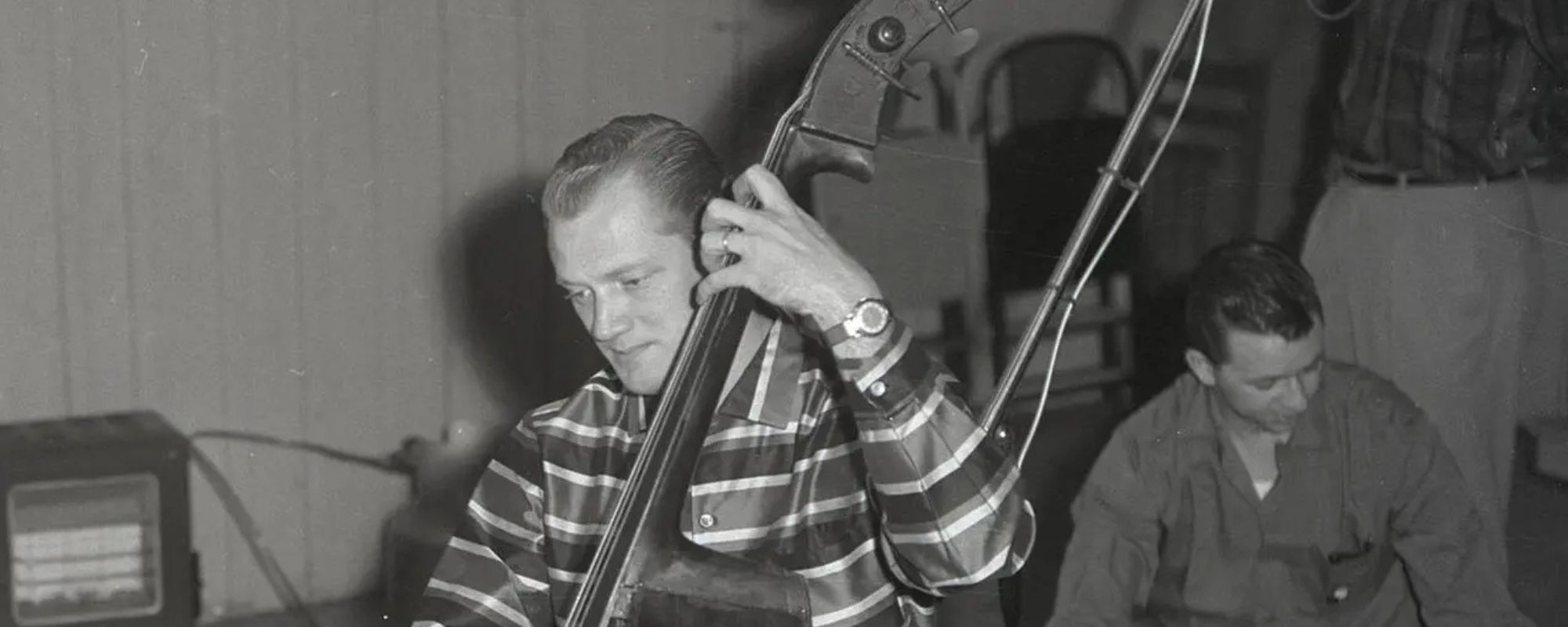
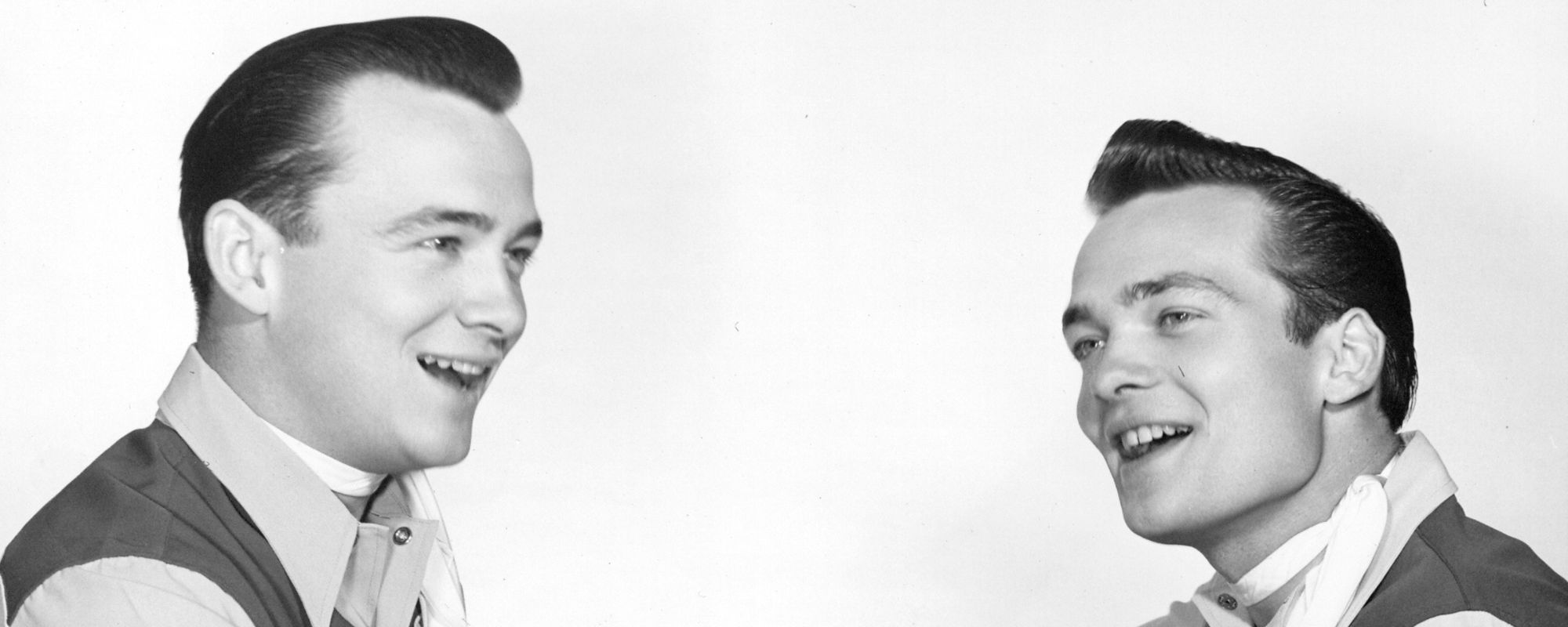
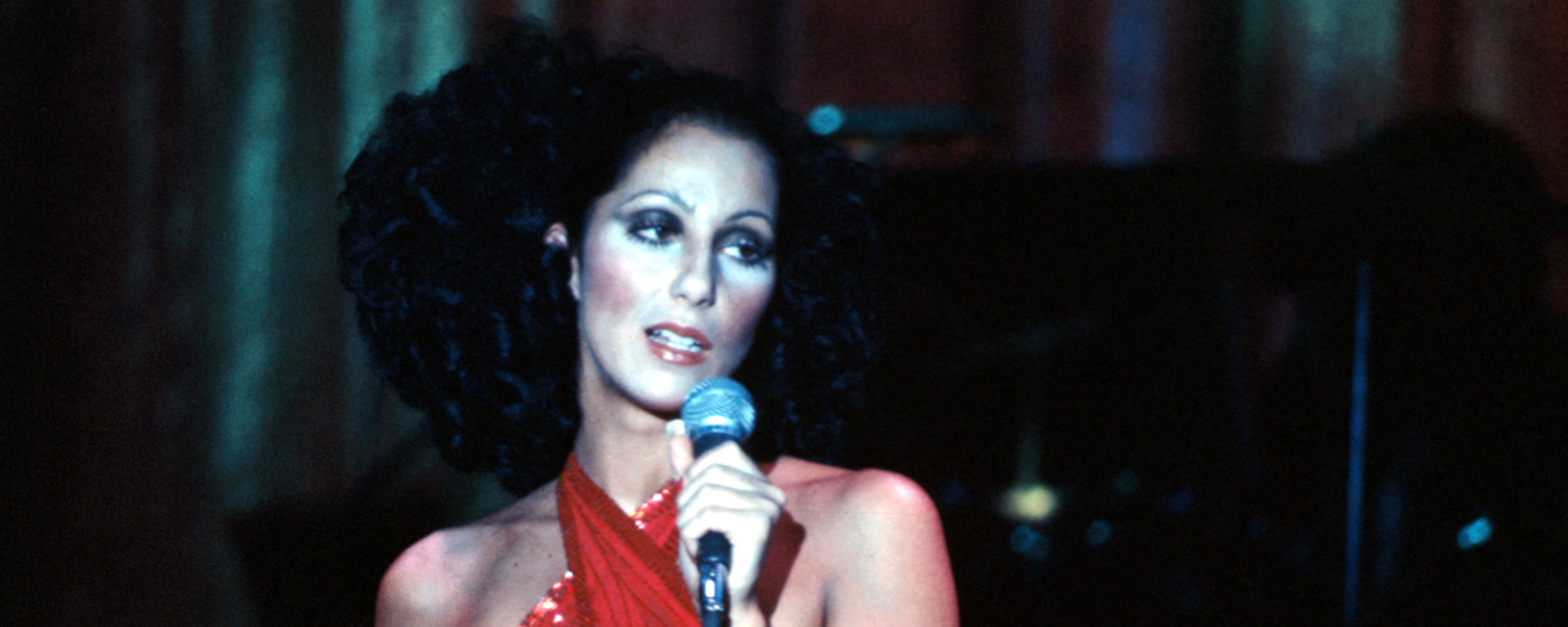
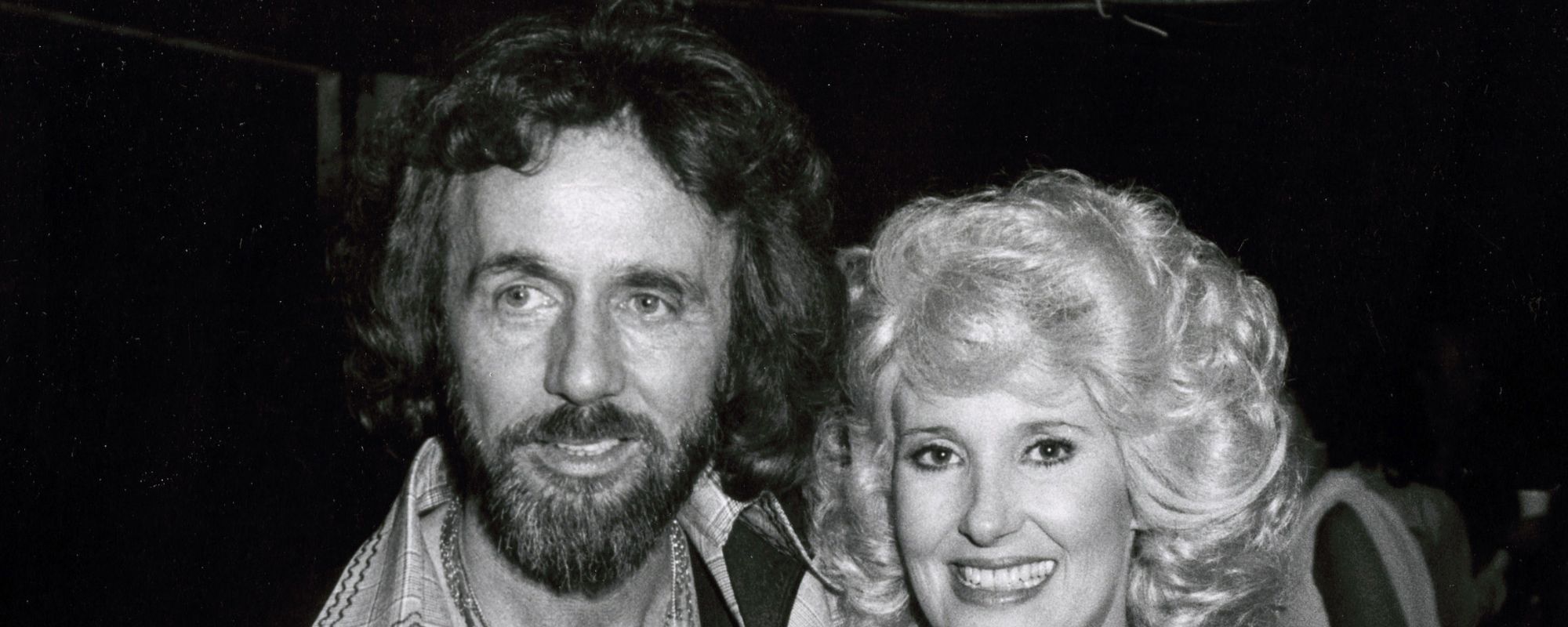

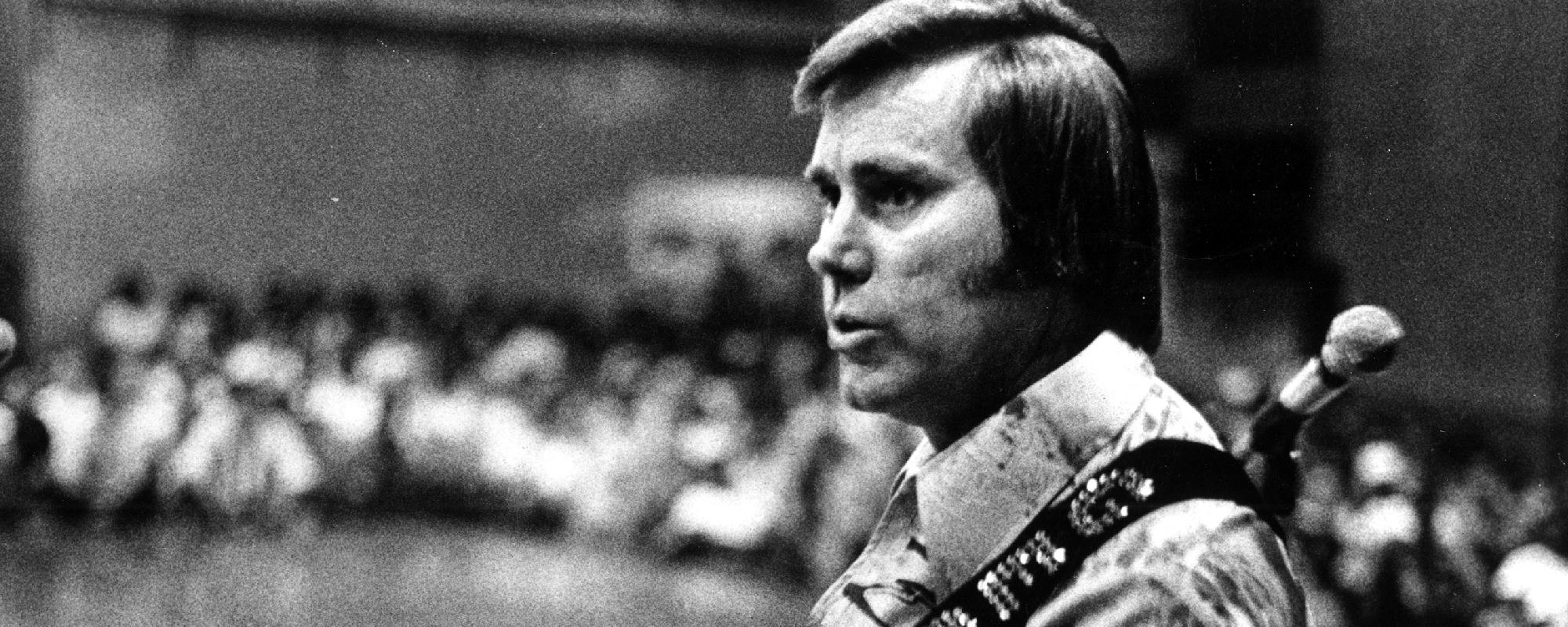


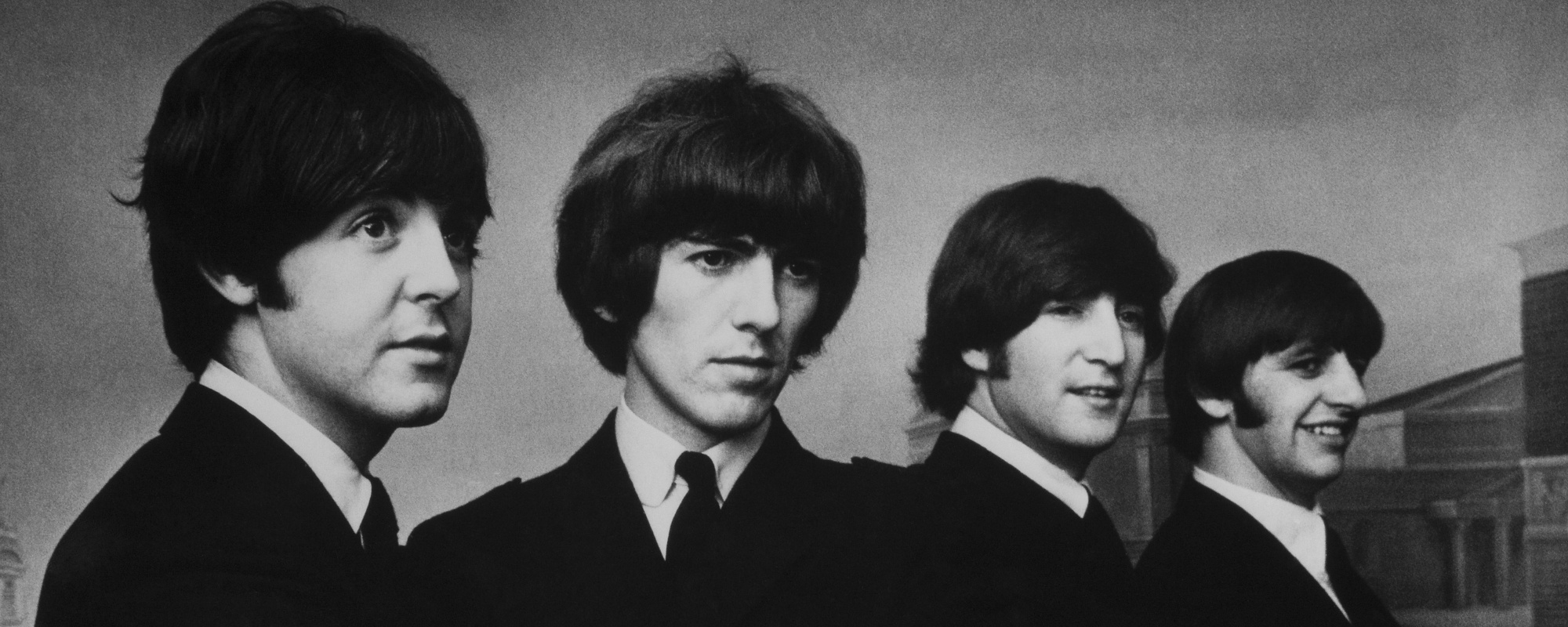


Leave a Reply
Only members can comment. Become a member. Already a member? Log in.